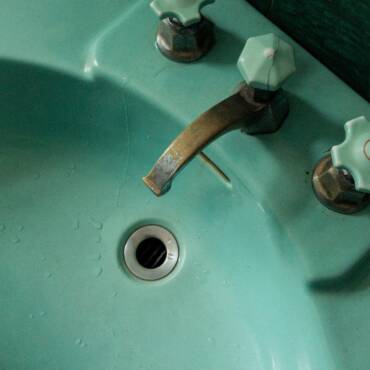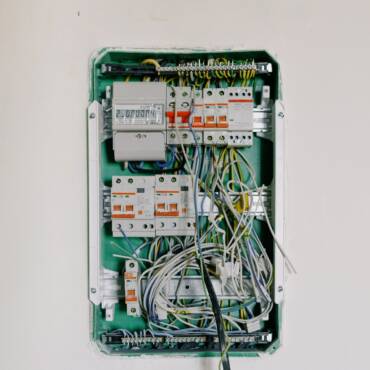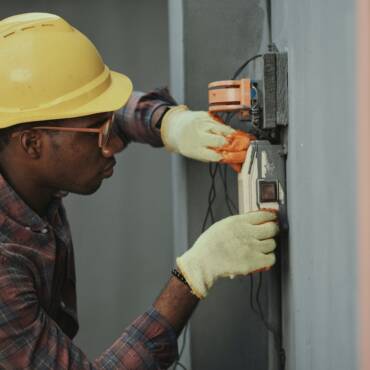A malfunctioning toilet can disrupt your daily routine and cause unnecessary inconvenience. From running toilets to clogs and leaks, understanding how to perform basic toilet repairs can save you time and money. In this comprehensive guide, we’ll walk you through the steps to tackle common toilet problems, ensuring a smoothly functioning bathroom fixture.

Toilet Repairs
Table of Contents
- Introduction to Toilet Repairs
- Common Toilet Issues
- Tools You’ll Need for Toilet Repairs
- Running Toilet: Diagnosis and Repair
- Checking the Flapper
- Adjusting the Fill Valve
- Clogged Toilet: Unblocking Techniques
- Using a Plunger
- Using a Toilet Auger
- Leaking Toilet: Detection and Fixes
- Inspecting Water Connections
- Replacing Faulty Seals
- Replacing Toilet Components
- How to Replace a Flapper
- How to Replace a Fill Valve
- How to Replace a Flush Handle
- Preventive Measures for Toilet Maintenance
- Benefits of DIY Toilet Repairs
- Frequently Asked Questions (FAQs)
- Conclusion
Introduction to Toilet Repairs
Toilets are essential fixtures in our homes, and when they malfunction, it can be a real headache. Learning how to perform basic toilet repairs can help you address common issues without having to call a plumber. This guide will provide you with the knowledge and techniques to tackle a variety of toilet problems and keep your bathroom in working order.
Common Toilet Issues
Toilets can experience various issues, including running continuously, clogs, leaks, weak flushes, and more. Identifying the problem is the first step towards effective repairs.
Tools You’ll Need for Toilet Repairs
Gather essential tools for toilet repairs, such as a plunger, toilet auger, adjustable wrench, screwdriver, replacement parts (flapper, fill valve, seals), and a bucket for water removal.
Running Toilet: Diagnosis and Repair
Checking the Flapper
A running toilet is often caused by a faulty flapper valve. Lift the tank lid and observe if the flapper closes properly after flushing. If not, it may need adjustment or replacement.
Adjusting the Fill Valve
A fill valve that doesn’t shut off can lead to a running toilet. Adjust the float height by turning the adjustment screw on the fill valve. This can help control the water level in the tank.
Clogged Toilet: Unblocking Techniques
Using a Plunger
Place a plunger over the drain hole and create a seal. Push and pull the plunger vigorously to create suction and dislodge the clog. Repeat until the water drains freely.
Using a Toilet Auger
If the plunger doesn’t work, use a toilet auger. Insert the auger into the drain and rotate the handle to break up or push through the clog.
Leaking Toilet: Detection and Fixes
Inspecting Water Connections
Check for water leaks around the base of the toilet, supply line, and tank. Tighten any loose connections or replace damaged parts.
Replacing Faulty Seals
A leaking toilet can be due to worn-out seals. Replace the wax ring at the base of the toilet or the tank-to-bowl gasket if necessary.
Replacing Toilet Components
How to Replace a Flapper
Turn off the water supply and flush to drain the tank. Remove the old flapper and attach the new one according to the manufacturer’s instructions.
How to Replace a Fill Valve
Shut off the water supply, flush, and remove the old fill valve. Install the new fill valve and adjust the water level as needed.
How to Replace a Flush Handle
If the flush handle is broken or not working properly, remove the old handle and replace it with a new one. Adjust the chain length for proper flushing.
Preventive Measures for Toilet Maintenance
To prevent future issues, follow these preventive measures:
- Avoid flushing excessive toilet paper or foreign objects.
- Regularly inspect and clean the tank and bowl.
- Address minor problems promptly before they escalate.
Benefits of DIY Toilet Repairs
Learning how to perform DIY toilet repairs offers several benefits, including:
- Cost savings on plumber fees.
- Quick resolution of common toilet problems.
- Empowerment to handle basic household repairs.
Frequently Asked Questions (FAQs)
- Q: Can I use chemical drain cleaners in my toilet? A: It’s best to avoid chemical cleaners as they can damage toilet components. Use plungers or augers for unclogging.
- Q: Why does my toilet keep running after flushing? A: A running toilet is often caused by a faulty flapper or fill valve. Adjust or replace these components as needed.
- Q: How do I know if my toilet needs a new wax ring? A: If you notice water leaks around the base of the toilet, it may indicate a worn-out wax ring that needs replacement.
Conclusion
Being equipped with the knowledge of basic toilet repairs can save you time, money, and frustration. By following the steps and techniques outlined in this guide, you can confidently address common toilet issues and maintain a fully functioning bathroom fixture.



